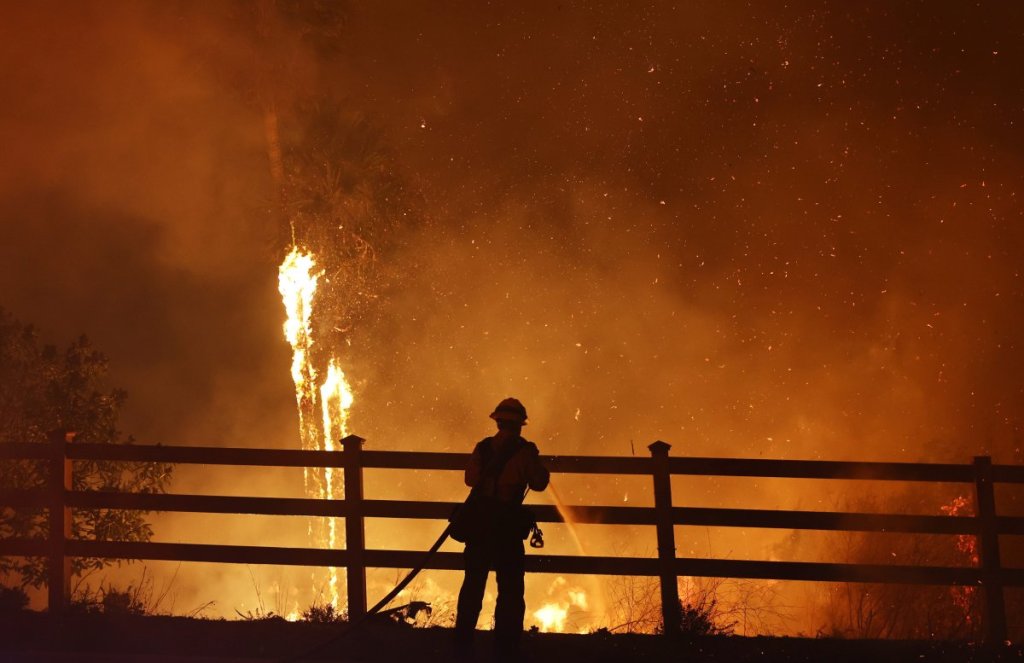
The Franklin Wildfire in Nearby Malibu
When the dry Santa Ana winds blow in from the desert, every tree, every cactus, every bush is at risk of being involved in a wild conflagration that eats up vast tracts of land. Such is the Franklin Fire in Malibu, which, after a week of rampant destruction, is only 54% contained.
Alas, a good part of the ash from that fire is contained in my lungs. It causes my nose to run, punctuated by mammoth sneezes that shake the walls of my abode. As the crow flies, I am only a few miles from Malibu Canyon, ground zero for the worst damage.
I have driven Malibu Canyon Road many times en route to Malibu Creek State Park, which is where the M*A*S*H television show was filmed.
After I was on crutches for two years, I had a crutch-burning party at Tapia Park around 1969. Unfortunately, the flames have destroyed Tapia Park where I celebrated being able to walk again without sticks.
If we get some rain soon, I will be able to go through the day without forcibly expelling ash from my lungs every few hours.










You must be logged in to post a comment.